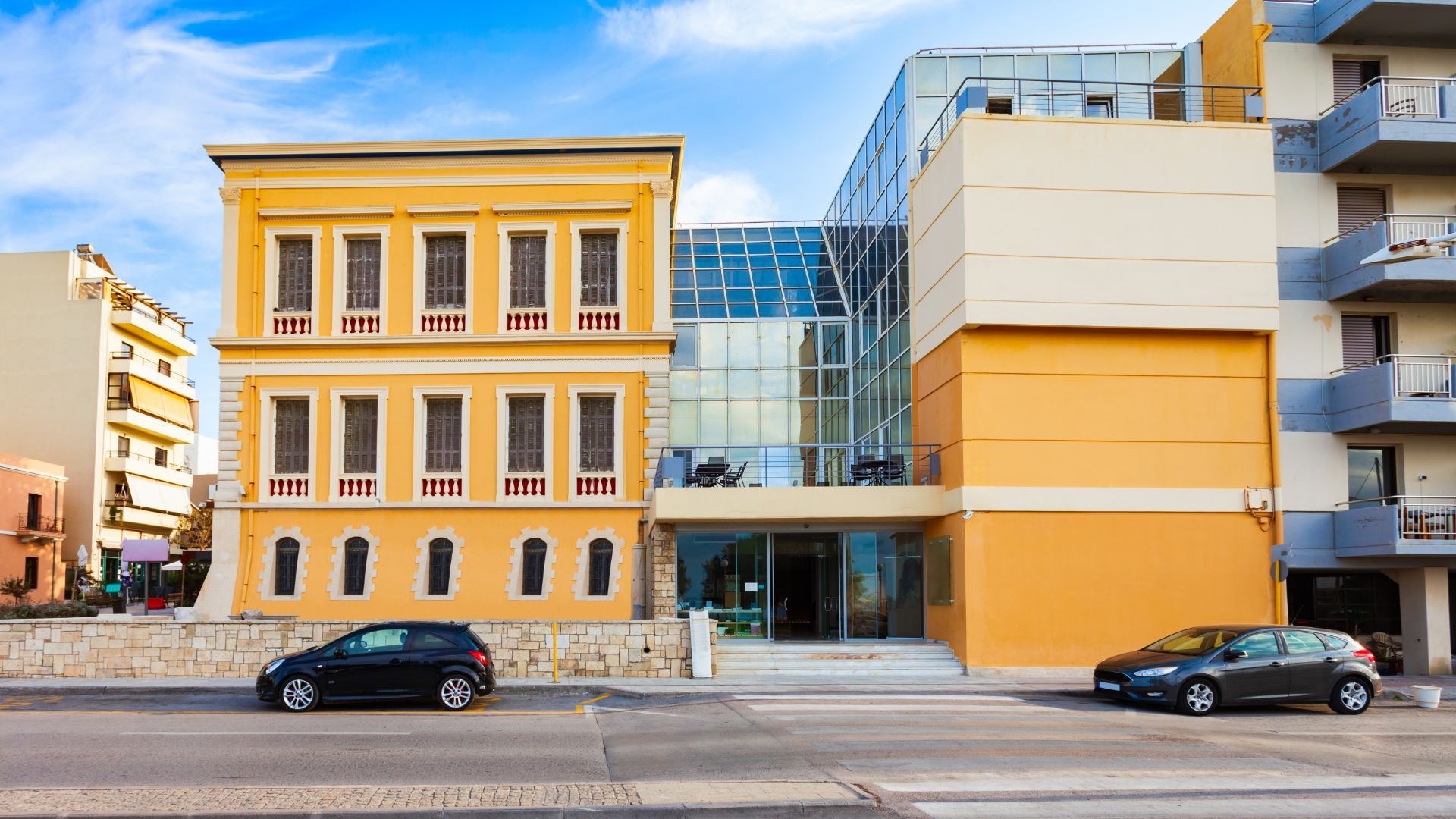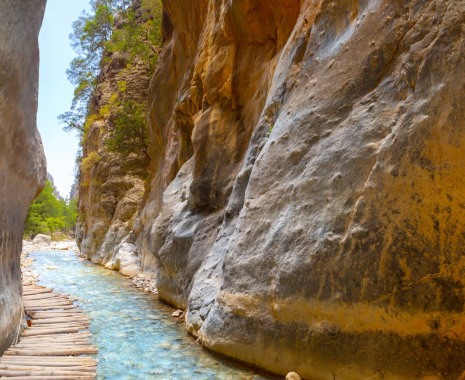Unveiling History: The Rich Legacy of the Heraklion Archaeological Museum

The Heraklion Archaeological Museum is one of the most significant museums in Greece, featuring a rich collection of artifacts from Minoan Crete and other historical periods of the island.
Its impressive collection, coupled with the museum's fascinating history, has made it a popular destination for history buffs, archaeology enthusiasts, and tourists alike.
The museum was founded in 1883 by the local Archaeological Society, which aimed to preserve and showcase the rich cultural heritage of Crete. At the time, the museum was housed in a small building, and its collection was limited to a few artifacts that had been collected from local archaeological sites. However, over the years, the museum's collection grew significantly, and it became clear that a larger and more modern building was needed to accommodate the growing number of artifacts.
In 1937, the construction of a new building for the Heraklion Archaeological Museum began, and it was completed in 1940. The building, designed by architect Patroklos Karantinos, features a neoclassical style and a central courtyard surrounded by galleries and exhibition spaces. The museum's new home was much larger and more modern than its previous location, and it allowed for the exhibition of a much larger number of artifacts.
The museum officially opened its doors to the public in 1904, and it quickly became a popular destination for tourists and locals alike. The museum's collection continued to grow over the years, with numerous artifacts being added to its collection through donations, excavations, and purchases.
One of the most significant additions to the museum's collection was the discovery of the Phaistos Disc in 1908. The Phaistos Disc is a circular clay disc that features symbols that have yet to be deciphered, and it is considered one of the most important discoveries of the Minoan civilization. The disc has been on display at the museum ever since its discovery, and it remains one of the museum's most popular attractions.
Over the years, the museum underwent several renovations and expansions to improve its exhibition spaces and enhance the visitor experience. The most recent renovation started in 2006 and was completed in 2014. The renovation aimed to modernize the museum and make it more accessible to visitors. The museum now features state-of-the-art exhibition spaces, improved lighting, and interactive displays that allow visitors to learn more about the artifacts on display.
In conclusion, the Heraklion Archaeological Museum is a must-visit destination for anyone interested in the history and culture of Crete. Its fascinating history, coupled with its impressive collection of artifacts, makes it one of the most important museums in Greece. The museum's dedication to preserving and showcasing the rich cultural heritage of Crete is a testament to the importance of preserving our shared history for future generations to enjoy.


